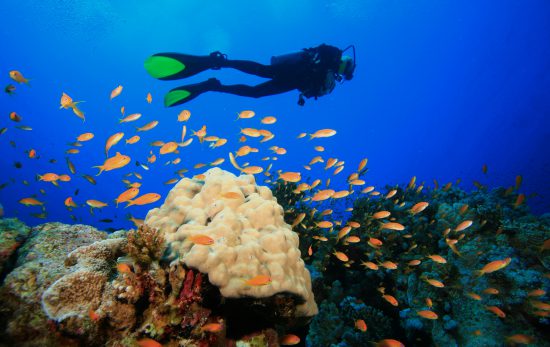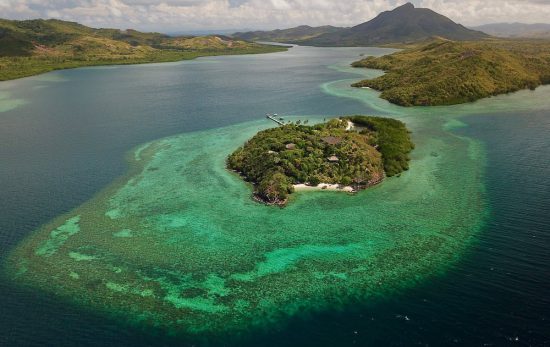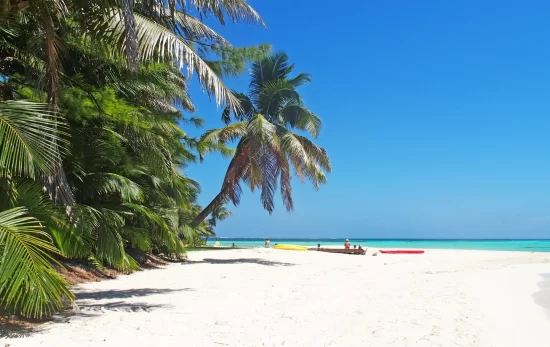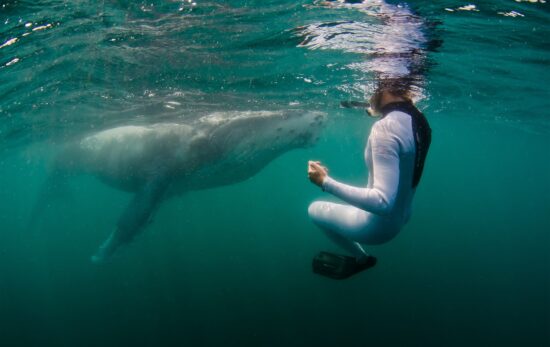The island of Bonaire is famous for its pristine diving – but it wasn’t always that way. Bonaire established a National Marine Park in 1979 with grants from local governments and the World Wildlife Fund.
Unfortunately, the park ran out of funding in 1984. Without staff to enforce the park’s rules and regulations, Bonaire’s reefs were once again vulnerable to damage from irresponsible human activity.
After implementing a $10 US visitor fee in 1992, the park got back on its feet. Thanks to divers, the park had sufficient funding to enforce regulations, provide education and conduct reef monitoring. Bonaire is now considered to be one of the best examples of a marine protected area (MPA).
How Ecotourism Benefits the Environment
Eco-friendly destinations are more than just great places to dive. Scientific evidence proves marine protected areas improve ocean health.
According to The Smithsonian, “The need for more and greater ocean protection is strongly supported by scientific information…on average, fully-protected areas can increase the total biomass of marine life by more than 400 percent.
“Fishes and invertebrates like clams and lobsters tend to grow larger and produce many more young… when a low-oxygen event in the Gulf of California killed many abalones and threatened the local fishery, the abalones in the marine reserve were the first to recover and begin to replenish the region.”
Ecotourism supports economic and environmental stability
When fish stocks in Cabo Pulmo, Mexico declined dramatically, local communities reliant on fishing faced a bleak future. Instead of accepting an inevitable decline, the citizens of Cabo Pulmo chose to protect their remaining marine habitat and established a marine preserve.
It worked. Today, Cabo Pulmo’s reefs are full of fish, turtles and other marine life. Tourists eager to explore this beautiful underwater environment support local jobs and ocean health.
Other fishing communities in Baja California also made the switch from overfishing to underwater adventure. La Paz, Cabo Pulmo and other cities on The Sea of Cortez are now known as great places to encounter whale sharks.
In April 2018, the Philippines closed Boracay, one of its most popular islands, to tourists for six months. The news was shocking, but the closure was necessary to improve infrastructure and wastewater treatment. Nearly all the dive operators on Boracay supported the rehabilitation even though the financial impact was severe.
The bold move inspired neighboring islands to improve their environmental practices. For example, El Nido in Palawan Island banned the use of single-use plastics and introduced stronger conservation laws.
Raja Ampat
The Raja Ampat Islands in Indonesia are one of the most biodiverse areas on our planet. Raja Ampat sustains more than 550 types of coral and nearly 1500 species of fish.
A single reef in Raja Ampat can be home to more species than the entire Caribbean Sea; but for many years, short-term gains took priority over a healthy ecosystem. Nickel mining supported the local economy, sharks and rays were a commodity to be harvested and colorful reefs were destroyed by unsustainable fishing practices.
That all changed in November 2010 when Bupati Drs Marcus Wanma declared Raja Ampat a sanctuary for sharks, rays, dugongs and turtles. This was a first for Indonesia and a huge win for scuba divers, marine biologists, and the marine life of Raja Ampat.
Does Choosing an Eco-Friendly Destination Really Matter? YES!
When a community chooses to protect its marine habitat instead of fishing or mining it to oblivion, it’s the first step on a long road toward healthier oceans. So when you choose to visit places like Bonaire, Baja, Raja Ampat, Boracay, Ras Mohamed, Palau and other destinations committed to conservation, the money you spend is an investment in a sustainable future.
Eco travel also creates positive ripple effects including jobs for locals and a financial disincentive for over-fishing and unchecked development. That said, it’s important to do a bit of homework.
Not all MPAs are created equal. Poorly-managed tourism can be just as hazardous as the destructive industries it’s meant to replace.
- Look for a fully-protected or strongly-protected Marine Protected Area (MPA)
National Geographic notes, “An MPA can refer to anything from a region that’s completely closed to a region that allows some commercial fishing.”
Fully-protected and strongly-protected areas prohibit commercial activity and only allow minimal recreational activities. Find dive destinations in fully or strongly-protected areas using the zoom tool on this interactive MPA map. - Choose an eco-resort
Eco dive resorts include sustainability in their business model. They might be solar-powered, take extra care with waste disposal, install or maintain mooring buoys and/or support local villages.
“In areas where poor business practices and unchecked tourism development are damaging sensitive marine habits, divers have the economic strength and personal passion to make changes by demanding sustainable practices.”
– Danna Moore, Executive Director of Project AWARE®
When choosing where to get your next PADI® certification, we encourage you to seek out 100% AWARE partners. All PADI Dive Centers and Resorts are committed to preserving and protecting our ocean planet, but 100% AWARE partners donate money for each new certification to support the conservation efforts of Project AWARE. Use this map to find a 100% AWARE partner near you, or in the destination where you plan to travel.





